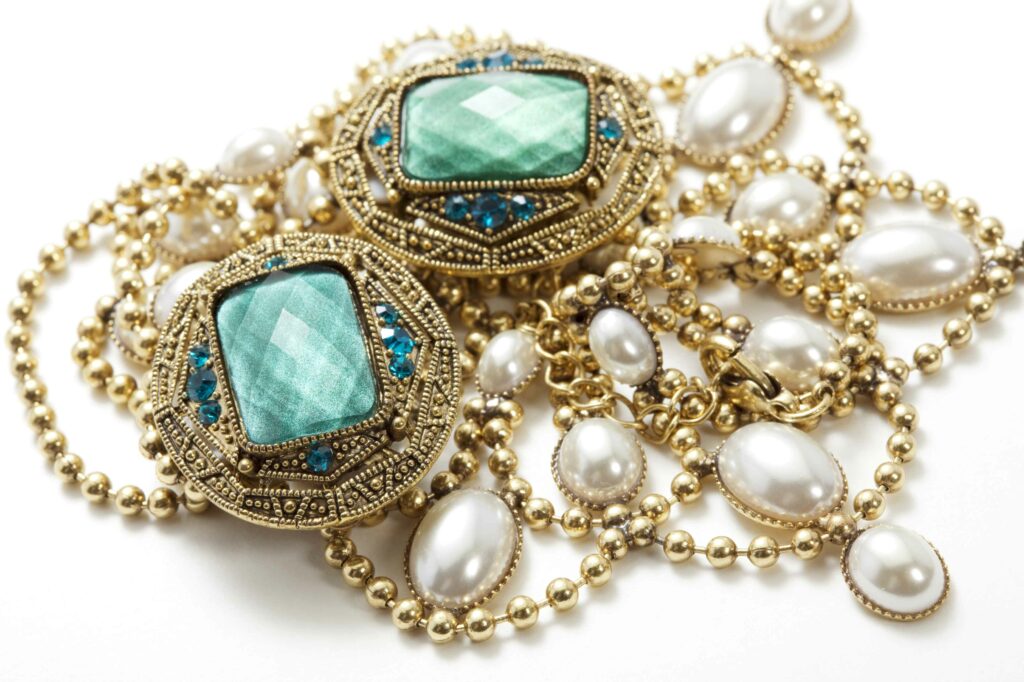It’s easy to only worry about prices and fashion where jewelry is concerned. But what about the environment in which you live? Ethical jewelry refers to jewelry that doesn’t negatively affect the people who make it or the environment in which it’s produced.
Ethical concerns are rife in the jewelry sector. Also, mining alone is not the only way to manufacture diamonds. Scientists have developed other means of manufacturing diamonds, for example, lab grown diamonds. It’s essential to be a gem lover and consider the ethics behind it all. Here’s an insightful guide to ethical jewelry.

How To Know If Jewelry Is Ethical
Whether or not jewelry is ethical comes down to your ability to trace it. Bear in mind that different countries have different stringent regulations. Therefore, the first step in making an informed decision concerning jewelry’s ethical credentials would be to know its country of origin.
Also, it’s essential to consider if the jewelry was made sustainably. Will the piece of jewelry you’re purchasing damage the world in any way? Sometimes jewelry is brought about through ways that diminish both the environment and people’s wellbeing. This includes dangerous working conditions, deforestation, and soil contamination.
The sad reality is unsustainable practices are commonplace in the mining industry. You may need to know the exact mine where a piece of jewelry originated, followed by how it was made. Research will always be a crucial part of your purchase if you’re concerned about ethics.
Why You Should Choose Lab-Created Gems
The truth is the process of researching a gem’s ethical credentials may be too long. Sometimes it’s easier to go for lab-created gems primarily because no human rights violations or ecological disruptions when creating them. Not to mention they’re 30 – 40% cheaper than mined diamonds.
Lab diamonds are produced using machines that copy the natural process that allows gems to form in nature. Ritani offers lab-created diamonds. There’re no physical or chemical differences between lab and mined diamonds. Therefore, lab diamonds are just as good in appearance as mined ones.
Considerations For Ethical Diamond Shopping
There are things you need to consider when shopping for ethical diamonds. These include:
Diamond Mining
Diamonds are mined from underneath the earth, in river beds or ocean floors. It’s important to know where your gem comes from to ensure you’re contributing towards sustainable change.
Formal Alluvial Mining
This mining involves extracting gold from creeks, rivers, and streams. Alluvial mining is considered the most environmentally friendly gold mining method. Additionally, it has reduced environmental impact compared to underground mining. Most large corporations have adopted this mining method and adhere to strict ethical and environmental standards.
Artisan Mining Or Informal Alluvial Mining
This kind of mining is typically harmful to mine workers, communities, and the environment. It’s characterized by hazardous working conditions, non-unionized workers, child labor (as young as five years old), and extremely low wages.
It’s essential to fully understand the specific language that means a brand indeed follows and upholds sustainable jewelry practices. Some brands may use appealing marketing terms like ‘ethical diamonds’ to describe jewelry mined without exploiting workers or harming the environment. For other brands, it’s only a marketing strategy.
Diamond Alternatives With Less Ecological Effects
Sometimes, it’s good to try an alternative with a minimal ecological footprint. Sapphire is a good alternative. Not only is it stunning, but it also gives you a classy and sophisticated look. It’s also considered more ethical than other gems. It’s mined chiefly from small, independently run mines which are relatively easier to trace.
Sustainable And Ethical Jewelry Certifications
Before making your purchase, you can check the brand website to see if they’re affiliated with any of the following organizations or certifications:
The Kimberly Process
This is an internationally recognized certificate scheme regulating the trade of rough diamonds
Institute For Responsible Mining Assurance (IRMA)
This institute share results publicly after verifying the performance of mine sites.
B Corps
B Corporations certifies business that meets the highest standards of proven social and environmental performance.
Alliance For Responsible Mining (ARM)
ARM aims to improve the quality of life for miners and the environment in which they mine. It’s a global initiative focused on artisanal and small-scale mining.
These are some of the organizations and certifications aimed at promoting eco-friendliness and enhancing the lives of mineworkers. They’re certainly a good indication of ethical adherence. If a brand is associated with one or more of these, you’re in the right place.
Consider Buying Recycled Jewelry
Buying antique or recycled jewelry is an excellent way to find beautiful gifts and treasures with an interesting story and are ethically sound. The terms vintage or antique usually cover recycled jewelry passed down through generations. Most royal people wear vintage jewelry.
While antique pieces are usually at least 100 years old, vintage usually refers to jewelry made in a particular area, such as Art Deco or Victorian.
Conclusion
Ethical jewelry is jewelry that is extracted and made in eco-friendly means. If the methods to get a finished gem product includes exploitation of workers, child labor, and environmental harm, the jewelry is considered unethical. This guide was thoroughly put together for the gem lover who respects ethics to help you make informed shopping decisions.
.
